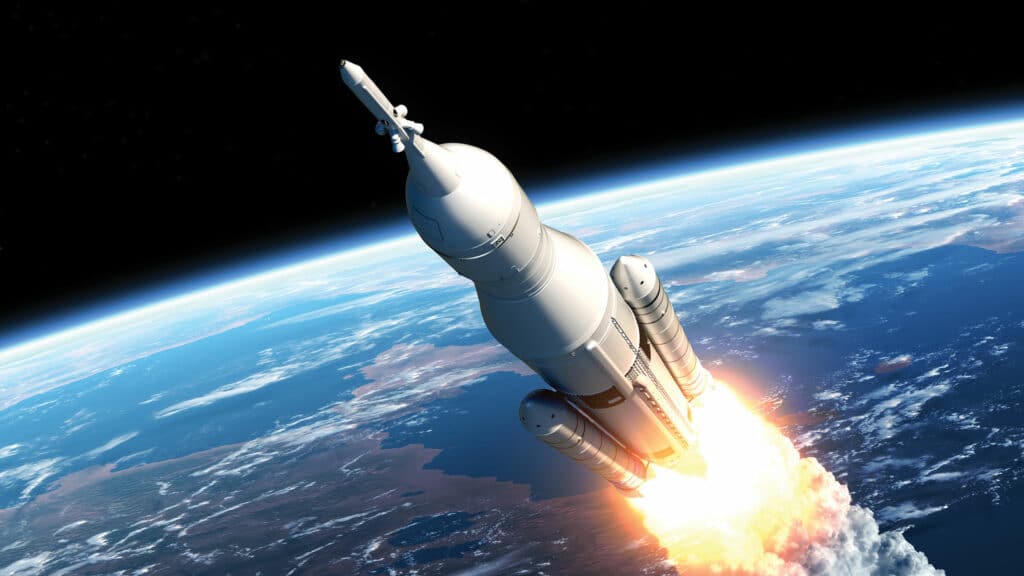Space Update: The Changing Landscape of Space Missions
The global space economy is growing. Governments around the world are realising the potential the space industry could be bringing into their respective economies. An exceptional amount of capital is being invested both by governments and the private sector.

Political Interest
Fifty years ago, there were really only two nations that carried out space activities—the USSR and the USA. Today, over 65 countries have put satellites into space.
In order to be responsible, space-faring nations, many countries are recognising their obligations under the UN Outer Space Treaty and therefore enacting or re-examining their own space laws. While some of these nations are motivated by the fact that they are launching their own government-owned spacecraft, others are being driven by a desire to attract the new breed of space entrepreneurs to set up operations in their countries. The right legal and economic framework is seen as essential to achieving this.
Commercial Space Activities
Fifty years ago, all space missions were state activities. The first satellites that were put into orbit were state-owned and sponsored, as were all manned missions throughout the 1960s and 1970s. However, in 2020 there are more commercial space missions than we have ever seen. They vary from putting anything from tiny CubeSats to large satellites, or constellations of satellites, into orbit. Applications range from traditional communications to cutting-edge, in-orbit servicing.
Even U.S. manned missions have now become “commercial crew” missions and we witnessed the privately owned and operated SpaceX Falcon 9/Dragon 2 spacecraft carry two U.S. astronauts to the International Space Station (ISS) in early 2020. Rather than the government procuring the launch vehicle and spacecraft hardware to launch their astronauts into space, they are now buying the “taxi ride to space and back” service.
Risk, Liabilities and Insurance
Of course, no commercial company can operate unless they are comfortable with the risks they are taking on. In order for most companies to carry out commercial space activities, a clear legal framework would be desirable. In many countries, however, there is still relatively little clarity or consistency on the subject.
A required insurance limit set by the government as well as a public-private risk sharing regime may also determine whether that country is an attractive place to carry out space activities or not.
This illustrates the need for early engagement between the government, the space industry and the insurance industry when setting up a state liability framework and insurance requirements. This will allow stakeholders to iron out the intricacies of the space industry risk exposures and the applicability and availability of insurance.
Current Activity Examples
U.K. Space Industry Act 2018 and Space Industry Regulations 2020. The U.K. government enacted The Space Industry Act 2018 for all spaceflight activities to be carried out from the U.K. With much interest in launching rockets carrying small spacecraft from Scotland and Cornwall, the key focus has been on involving potential launch, spaceport and range operators. Lack of understanding of how insurance works became apparent early on in the discussions with the government, and the insurers have been engaging with them throughout the process.
NASA Private Astronaut Missions. As part of the “NASA Plan for Commercial LEO Development,” which was published in 2019, NASA is planning to allow short-duration private astronaut missions to the International Space Station (ISS). These missions will be privately funded, dedicated commercial spaceflights using U.S. vehicles. They will enable private astronauts to conduct approved commercial and marketing activities on the ISS, where “seats” will be procured through a Private Astronaut Mission (PAM) provider.
This clearly presents new risks and exposures for insurers to examine. Aside from the conventional third-party liability, insurers may need to consider potential liability for injury to astronauts as well as liability for damage or injury caused by the astronauts.
Then comes the question of who will procure what coverage. Will the astronauts have to have their own policy or will the PAM entities provide a policy? Alternatively, a single policy could be provided with NASA/U.S. Government as a policyholder that has a full set of pre-defined coverages and acts as a facility to allow each PAM provider or astronaut to make a declaration for their particular risk. This structure ensures the coverage terms and conditions given are the same for all parties and may streamline any government indemnity provisions around the insurance limits.
Partnering to Promote Growth
Insurance should never be an afterthought for any space project. The increasing commercialisation of space and the changing relationship between public and private stakeholders make it more vital than ever for all parties—governments, insurers and space industry players—to engage in meaningful dialogue in order to develop the right solutions to support the future investment and growth in this complex sector.




